![Somen (full-face mask), signed: Hoei shichi kanoetora reki hachigatsu kichinichi Buko ni oite Myochin Munenaga nijuhachisai kore saku (made by Myochin Ki no Munenaga at the age of twenty-eight on an auspicious day of the eighth month of Hoei [1710] in Edo), Edo period, 1710, iron. © The Ann & Gabriel Barbier-Mueller Museum, Dallas. Photo: Brad Flowers.](https://www.liveauctioneers.com/news/wp-content/uploads/2023/03/T67.jpg)
ATLANTA — This summer, the High Museum of Art will present Samurai: Armor from the Collection of Ann and Gabriel Barbier-Mueller from June 23 through September 17, featuring one of the most important collections of its type outside of Japan. Through a dazzling array of armor, helmets, swords and other objects spanning almost nine centuries, the exhibition will illuminate the exceptionally high level of design and craft dedicated to these elaborate instruments of ceremony and combat and will reveal the culture, lifestyle and artistic legacy associated with the samurai warrior in Japanese society.
Assembled during nearly four decades of collecting, the exhibition comes to Atlanta from the Ann & Gabriel Barbier-Mueller Museum in Dallas. The High is the first museum in the Southeastern United States to present this exhibition, which has traveled to cities around the world.
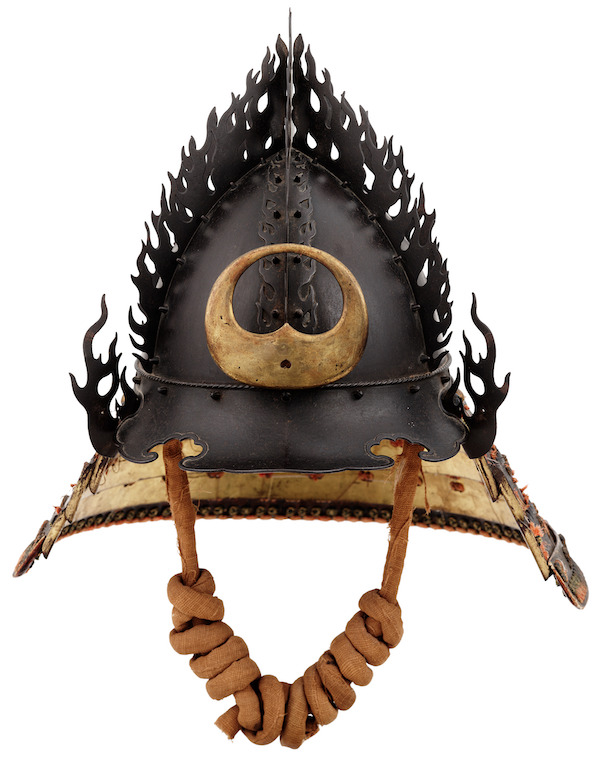
The exhibition will feature more than 150 objects, including nearly 20 complete sets of armor, many dating from the Edo period (1603-1868), marking the rise and expansion of the samurai, and ultimately, their dissolution in the face of changing political and military structures. These and related works dating to as early as the Kamakura period (1185-1333) will reflect upon the evolution of the “omote dogu” — the external appearance and equipment of the samurai warrior — and the legacy of such imagery across the centuries.
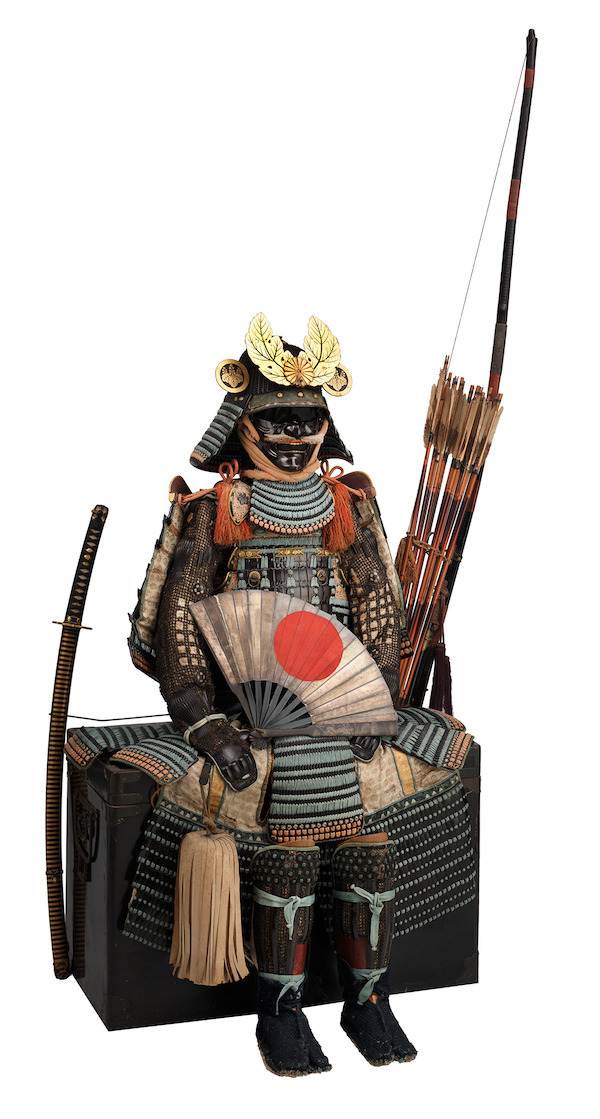
The opening galleries will introduce and define the samurai class and feature four of the collection’s finest suits of armor, which belonged to the daimyo (or ruling lords). This section will also emphasize the roles of women in samurai families and the importance of the Bushido, or samurai code.
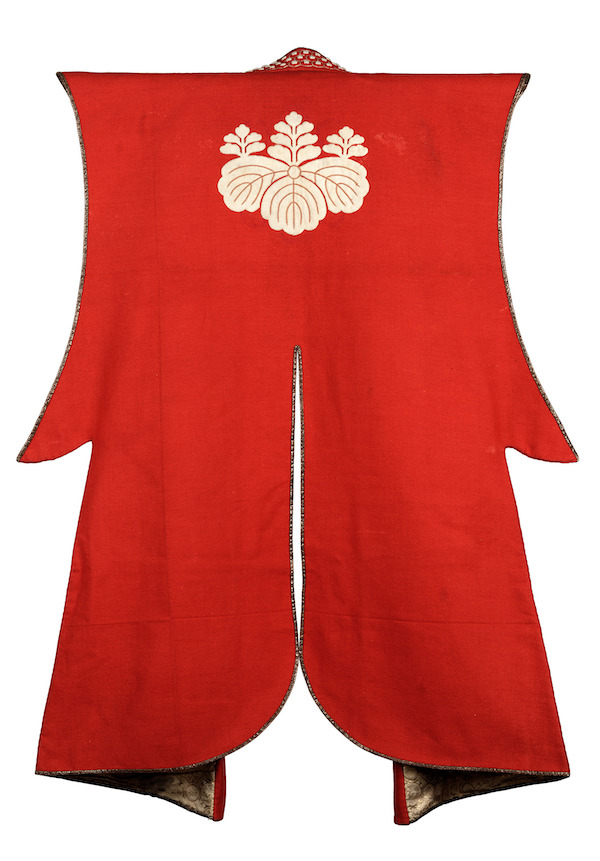
In another section, the exhibition will explore the various pieces that create a full suit of armor, including garments, shin guards, sleeves, masks and helmets. In addition to displaying their separate components, this section will feature seven complete sets and examine the evolution of armor styles, or “nanban,” which were influenced by contact with other cultures, including the samurai’s first Western conflicts in 1541. These galleries will also explain the role of the artist in Japanese society and showcase the different schools, or workshops, where armor was produced, as well as the principal influences evidenced in their production such as the natural world and samurai spirituality.
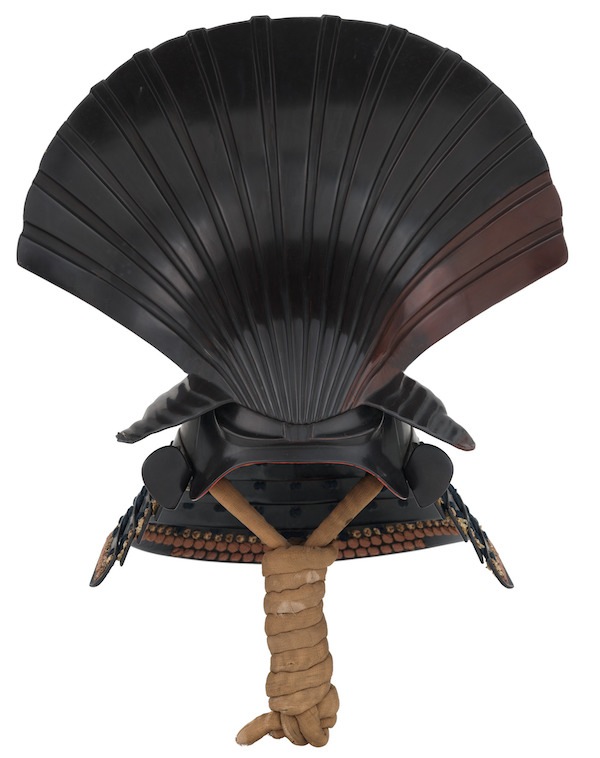
The Barbier-Mueller collection features many necessities of the samurai’s horse, including horse armor, saddles and masks. The third section of the exhibition will present exquisite examples of these objects and explore the role of the horse in battle and in samurai processions.
In a later section, the exhibition will emphasize how samurai fashioned highly effective weapons, including swords, bows, arrows and quivers. The objects are not only intricately decorated but demonstrate equal attention to their form and function. A drum and flag in this section serve as examples of battle command equipment.
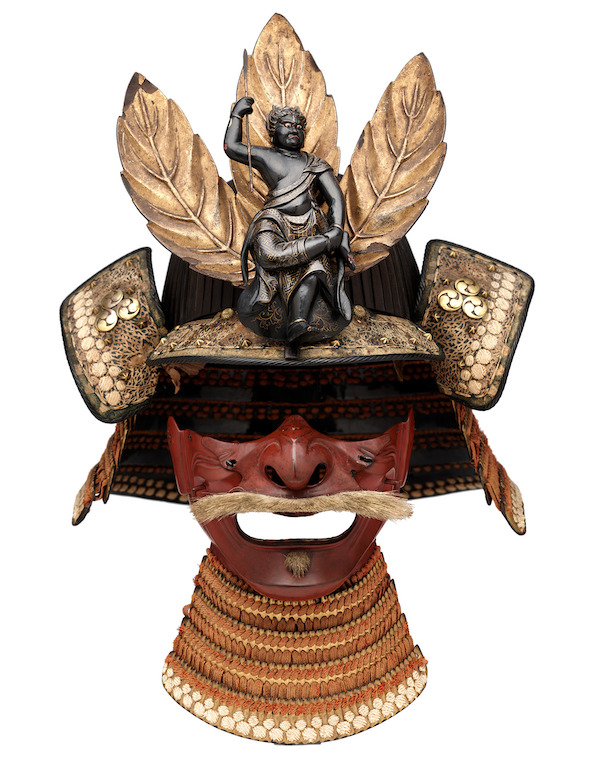
The last section of the exhibition will focus on objects that belonged to the Mori clan, a family of powerful rulers from Honshu, Japan, who were prominent from the 12th to 19th centuries. These comprise three full suits of armor, beautiful textiles, weapons including swords and bow-and-arrow sets, and equestrian items such as stirrups and saddles.
The exhibition will be presented in the Cousins Special Exhibition Galleries on the Second Level of the High’s Wieland Pavilion.
Visit the website of the High Museum of Art and see its dedicated page for Samurai: Armor from the Collection of Ann and Gabriel Barbier-Mueller.


![Somen (full-face mask), signed: Hoei shichi kanoetora reki hachigatsu kichinichi Buko ni oite Myochin Munenaga nijuhachisai kore saku (made by Myochin Ki no Munenaga at the age of twenty-eight on an auspicious day of the eighth month of Hoei [1710] in Edo), Edo period, 1710, iron. © The Ann & Gabriel Barbier-Mueller Museum, Dallas. Photo: Brad Flowers.](https://www.liveauctioneers.com/news/wp-content/uploads/2023/03/T67-1.jpg)